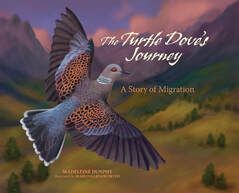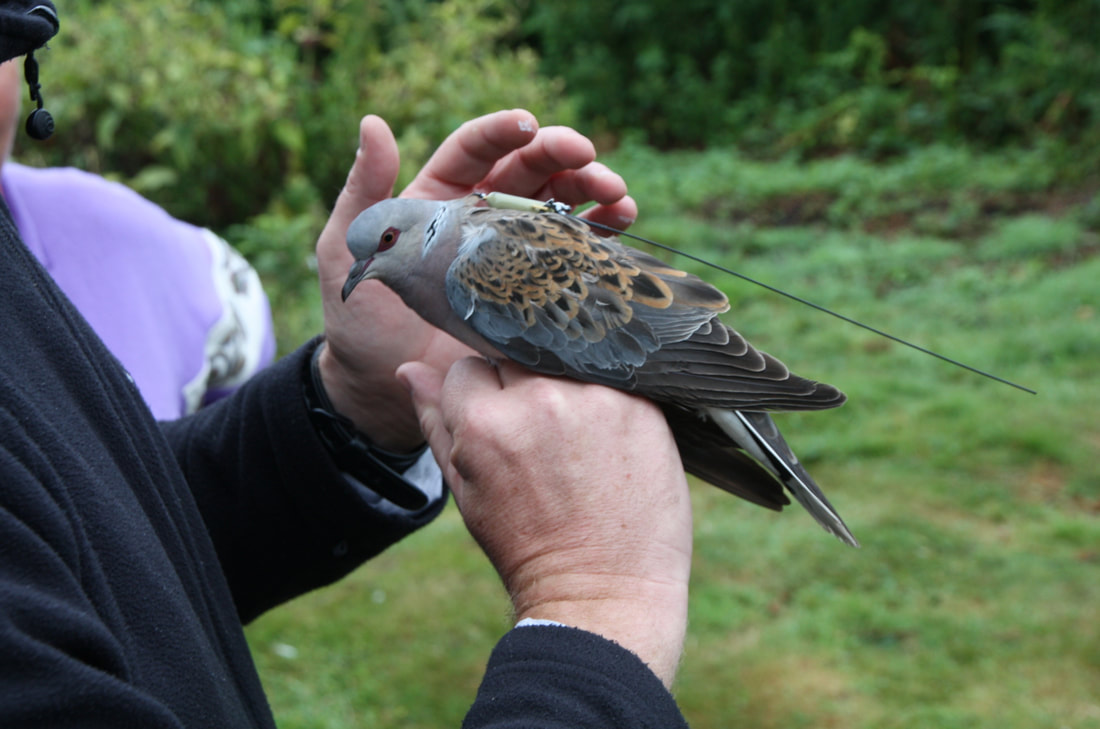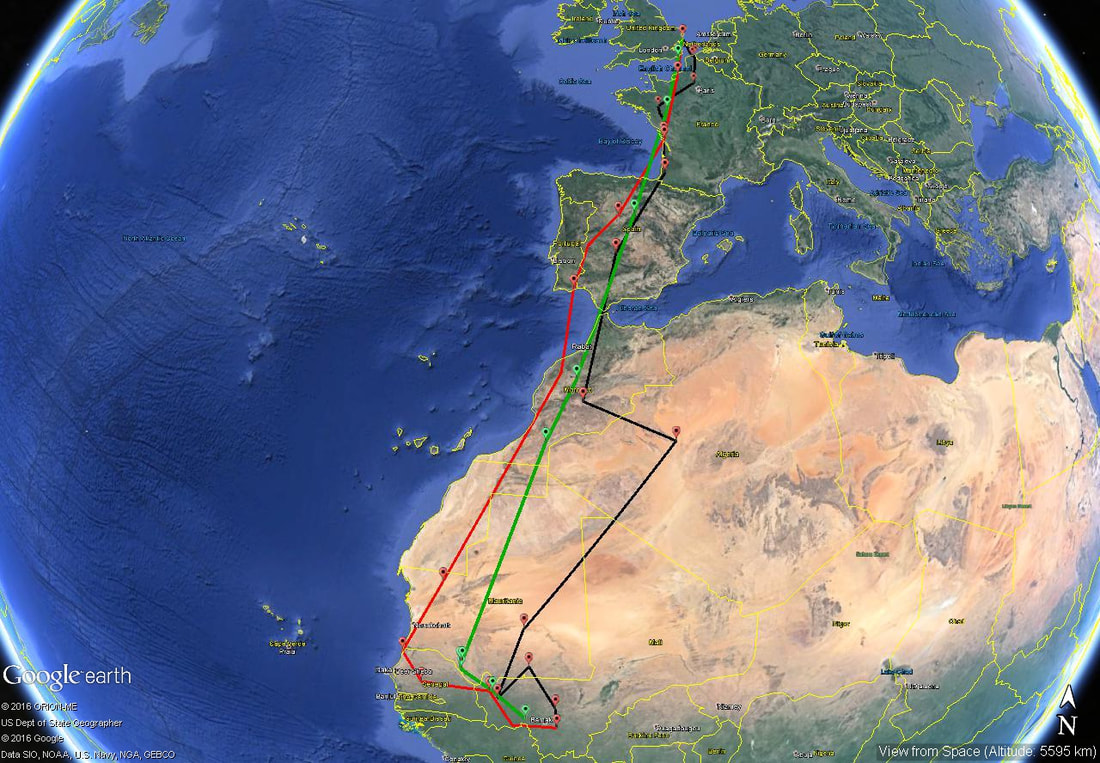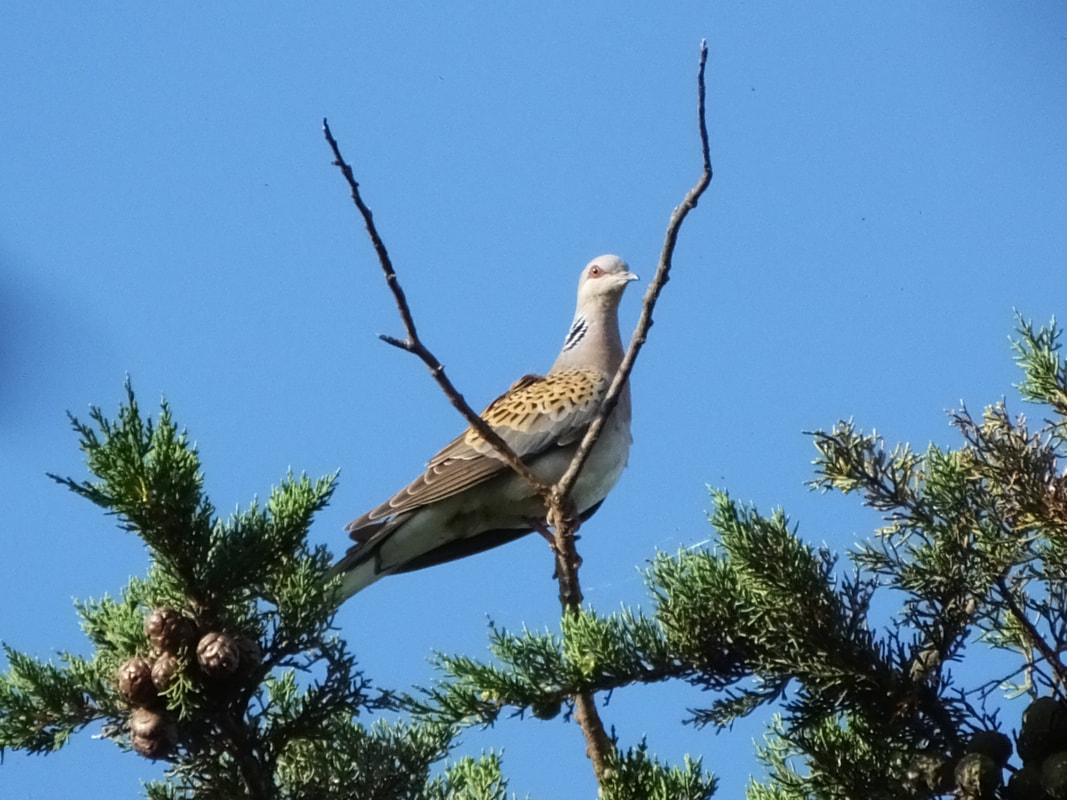 Today (May 11)is World Migratory Bird Day—a holiday designed to celebrate the many birds that travel our globe. Why do birds migrate? Why don’t they just stay in the same place all year long? There are many reasons…warmer weather, better nesting sites, and more plentiful food are just a few. Some birds travel very short distances. One example is North America's dusky grouse. This bird spends its winter in mountainous pine forests. In the spring, it “migrates” a mere 1,000 feet in elevation to deciduous woodlands. Here it feeds on seeds and fresh leaves. And then there are birds that travel very long distances. One world traveler is the Arctic tern. This bird migrates an astonishing 44,000 miles annually from the Arctic to Antarctica and back again. And finally there are birds that travel distances in between those two extremes, like the turtle dove. This bird migrates about 8,000 miles a year. You might wonder how scientists know where birds go, and how they get such accurate data about the birds’ migrations. They do this by tracking birds using satellite telemetry. Birds are fitted with small satellite tags. These tags transmit information about their journeys to scientists via orbiting satellites. You can sometimes see these satellites on dark nights. They look like tiny stars moving very slowly across the sky. An environmental organization called the Royal Society for the Protection of Birds (RSPB) fitted a turtle dove named Titan with a satellite tag. Titan’s tag had a tiny satellite transmitter, a battery, and a solar panel to keep the battery charged. Using this technology, scientists were able to track three of Titan’s migrations. The first was in the fall. Titan flew from a nesting site in Suffolk, England down to his wintering site in Mali, in West Africa. The second was in the spring when Titan migrated back to Suffolk, England, to the very site where he was originally found! The third was in the fall when he migrated back to Mali again. After that trip, the scientists lost track of Titan. Let’s celebrate World Migratory Bird Day by learning more about migratory birds and what we can do to help protect them. Click here to view some actual turtle dove migrations.  Madeleine Dunphy has written a book based on the migration of a real turtle dove that traveled 4,000 miles from England to Mali, in West Africa. To find out more about The Turtle Dove’s Journey: A Story of Migration click here. You can read Vicki Cobb's review of the book here.
0 Comments
Leave a Reply. |
Traffic for our summer Minutes are ticking up.. |




 RSS Feed
RSS Feed
